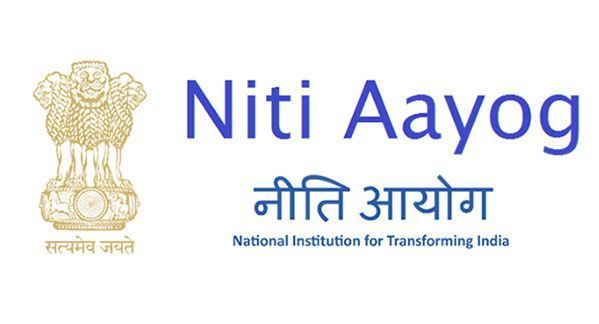Atal Innovation Mission, NITI Aayog and National Informatics Centre (NIC) today jointly launched CollabCAD, a collaborative network, computer enabled software system, providing a total engineering solution from 2D drafting & detailing to 3D product design.
The aim of this initiative is to provide a great platform to students of Atal Tinkering Labs (ATLs) across country to create and modify 3d designs with free flow of creativity and imagination. This software would also enable students to create data across the network and concurrently access the same design data for storage and visualization.
ATLs established across India, provide tinkering spaces to children to hone their innovative ideas and creativity. AIM’s collaboration with NIC’s CollabCAD is a great platform for students to utilize indigenous, state-of-the-art made-in-India software for 3D modeling/slicing to use 3D Printing.
A customized version of CollabCAD for ATLs with features that are most relevant to school students to materialize their ideas and creativity into physical solutions has been developed to enable designing without constraints and, thus, allowing creativity and innovation to thrive.
Mission Director Atal Innovation Mission, NITI Aayog Shri R Ramanan while launching CollabCAD online via social media said that 3D printing is going to be an integral part of the new 21st century innovations and AIM, NITI Aayog is proud to enable designing through CollabCAD in 5000 Atal Tinkering Labs with over 2.5 million students having access to it.
“I am delighted to announce the launch of yet another important module called CollabCAD design module. It is an amazing software CAD system that would enable students to create innumerable 3d designs. I look forward to students to give freedom to their creativity and imagination and create great innovations using this opportunity while they tinker from home as well as in their ATL labs when the schools open normally,” he added.
Meanwhile, NIC is playing a crucial role in pushing the online module to reach to the students all across the country by providing a huge source of data through this software CAD system.
Sharing her views, Director General NIC Dr Neeta Verma said, NIC is happy to share this make in India 3d product CollabCAD which will be used by around 5000 schools where Atal Tinkering Labs are established.
“It is an indigenous three dimensional computer aided design system which helps the used to build models in virtual 3d space and create and engineering drawings for shop floor which makes it a complete package for smart manufacturing. We take great pride in collaborating with AIM, NITI Aayog to launch this opportunity for students,” she said.
Moreover, in light of the current situation, the ATL program has launched a ‘Tinker from Home’ campaign to ensure that the children across the county have access to useful easy-to-learn online resources to keep themselves fruitfully occupied. The objective of the initiative is to harness the creativity and innovativeness of children by encouraging learning through self-initiation.
AIM also launched the Game Development module in partnership with DELL Technologies and Learning Links Foundation. It is an online platform where students can start their learning journey while tinkering from home. Through the platform they can learn to create their own games and also share it with others. This platform envisages to make students transition from ‘game players’ to ‘game makers’
Similarly, by launching CollabCAD and gaming module as part of the ‘Tinker from Home’ campaign, young students are encouraged to learn and contribute to the journey of nation building from the safe space of their homes.
About AIM
Atal Innovation Mission housed at NITI Aayog is the Government of India’s flagship initiative to promote a culture of innovation and entrepreneurship. At the school level, AIM is establishing ATLs in all districts across India. As of today, AIM has selected a total of 14,916 schools across the country spread across 33 different states and union territories, for the establishment of ATLs.





